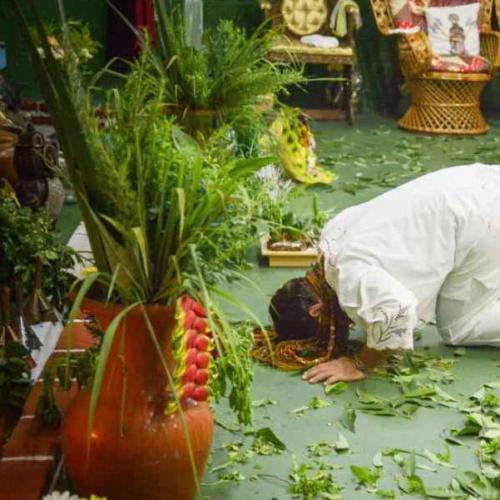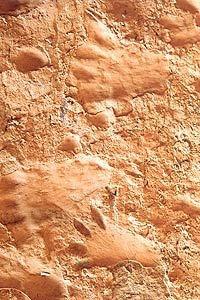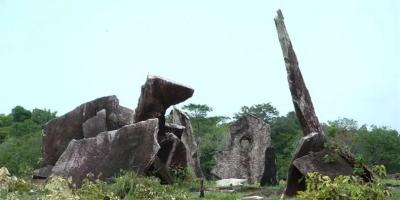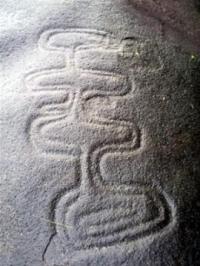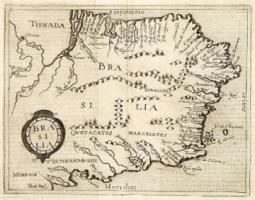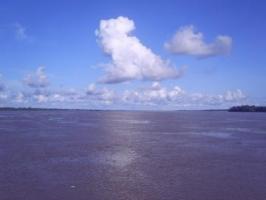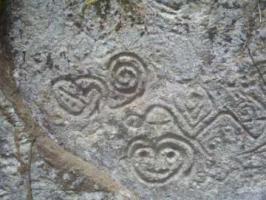The hidden power in the Brazilian Amazon

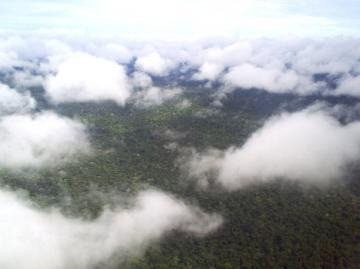
When you travel to the Brazilian Amazon you realize the immensity of this territory. The so-called legal Amazon has an approximate area of 5.2 million square kilometers, which corresponds to 74% of the entire Amazon and 61% of Brazil, and is inhabited by about 22 million people, which is a very low population density.
However, a large part of its inhabitants is concentrated in the cities of Manaus, Belém and Porto Velho. Only 200,000 indigenous people live in the entire Brazilian Amazon, but the lands assigned to them, where no one can enter without the authorization of FUNAI (Fundación Nacional do Índio) correspond to 21% of this enormous territory, or else, they have an area of more than one million square kilometers!
As an example, the Yanomami indigenous area, located in a strategic area of utmost importance, considering both its water and mining resources, occupies a territory of about 94,000 square kilometers and is home to only 7,000 indigenous people, who are not nomadic, but sedentary.
What need do 7,000 people in a territory as vast as Portugal?
In total, there are around 422 delimited zones in the Brazilian Amazon, but the largest are: AI Yanomami (AI means Indigenous Area), AI Raposa Serra do Sol, Alto Río Negro, AI Vale do Javarí, AI Xingu, AI Kayapo and AI Tumuqumaqué.
On my recent trip through six Amazonian states of Brazil (Acre, Amazonas, Pará, Roraima, Amapá, Mato Grosso) I realized that the social situation is not as calm as it wants to be shown to the outside world.
I had the opportunity to exchange ideas with several Brazilian journalists who for some time now have denounced a paradoxical situation, of which there is little knowledge outside of Brazil. Practically the following happens: if a territory is recognized as indigenous, even if the native population is scarce or insignificant and has lost its ancestral language and culture for years, all private lands are expropriated (those of small and medium-sized owners, who then protest to try to recover their lands, since they feel defrauded), very low compensations are then awarded and anyone who is not indigenous or who is not of native descent is expelled forever from the region, even if perhaps they had inherited their land of his ancestors and had legal title to the property.
All crops are sterilized and only Catholic missionaries are allowed to enter the area. FUNAI monitors. It is important to highlight that entry into indigenous lands by the army and national police is regulated by a specific law.
The indigenous people themselves, as in the case of Xitei, in the Yanomami indigenous area, do not behave like their ancestors, living in freedom of hunting, fishing or agriculture, but do so outside the mission, on which they depend. This is the fulcrum of everything. The natives, who have frequently been displaced to lands that are not ancestral to them, see the missionaries as those who saved them from the “diabolical Brazilians”, who are shown as those who want to take away their lands. The indigenous chief or cacique communicates with the missionary and is influenced by him.
It almost seems that the objective of the demarcation of “indigenous” lands was to be able to use these vast territories, with the excuse of saving the “savage” and the jungle. In addition, a kind of indigenous justice is being created, so that the Brazilian police cannot enter and do not have jurisdiction in the huge indigenous areas.
In my opinion, docile and easy-to-influence human beings are being formed, who do not have access to external information and, above all, do not know what the international value of the resources (water, mining, biodiverse) present in their territory is. Following this logic, the foreigner who is interested in the resources of the indigenous zone negotiates directly with the chief, who is docile, influenceable, easily corruptible, in order to be able to carry out sector, strategic and geoeconomic studies in the areas in question.
But who are the foreigners interested in the formidable resources of indigenous areas?
Roraima, for example, one of the richest territories in the world in water and biodiversity, as well as in valuable wood, gold, uranium, niobium, oil, aluminum, potassium, manganese and other minerals, is the object of temptation for mining companies. everyone.
When traveling there, I had the feeling that a demographic vacuum is being created through the expropriation of said lands and the expulsion of the previous owners (caboclos), in order to subsequently make way for various multinational companies, so that they have the security of not encountering journalists who may denounce the situation; or with any other entity that may assume a certain control function.
The Catholic Church has enormous power, since the spread of missionaries everywhere (since the time of the Jesuits) allows the accumulation of an immense amount of information about indigenous areas, which is then transferred to economic groups.
Surely there are other centers of power interested in the very rich indigenous areas, but what is evident is a hidden plan and a kind of indigenous and environmentalist media bombardment that aims to get Brazilian and world public opinion to approve the demarcation of disproportionately large indigenous lands, thinking it's fair.
In fact, it is fair to do what is necessary for the natives to live in peace in their ancestral territories, but in reality the hidden plan is the privatization and exploitation of these areas where no journalist can enter to really understand what is there happening, the deception to which we are all subjected (but, above all, the Brazilian people) is aberrant, since it means transforming the natives into uninformed puppets in order to appropriate the immense resources of the legal Amazon, and then charge them dearly to naïve consumers around the world.
In my opinion, Brazil could guarantee a peaceful life for the indigenous people present in its territory without having to expropriate lands that belong to medium and small landowners who have lived fraternally for many years alongside the natives. Denying visitors access to the extensive indigenous lands is something negative from any point of view, since it distances native groups that live as if they were in a reserve from reality and prevents Brazilians from verifying what is actually happening inside of their territory.
YURI LEVERATTO









